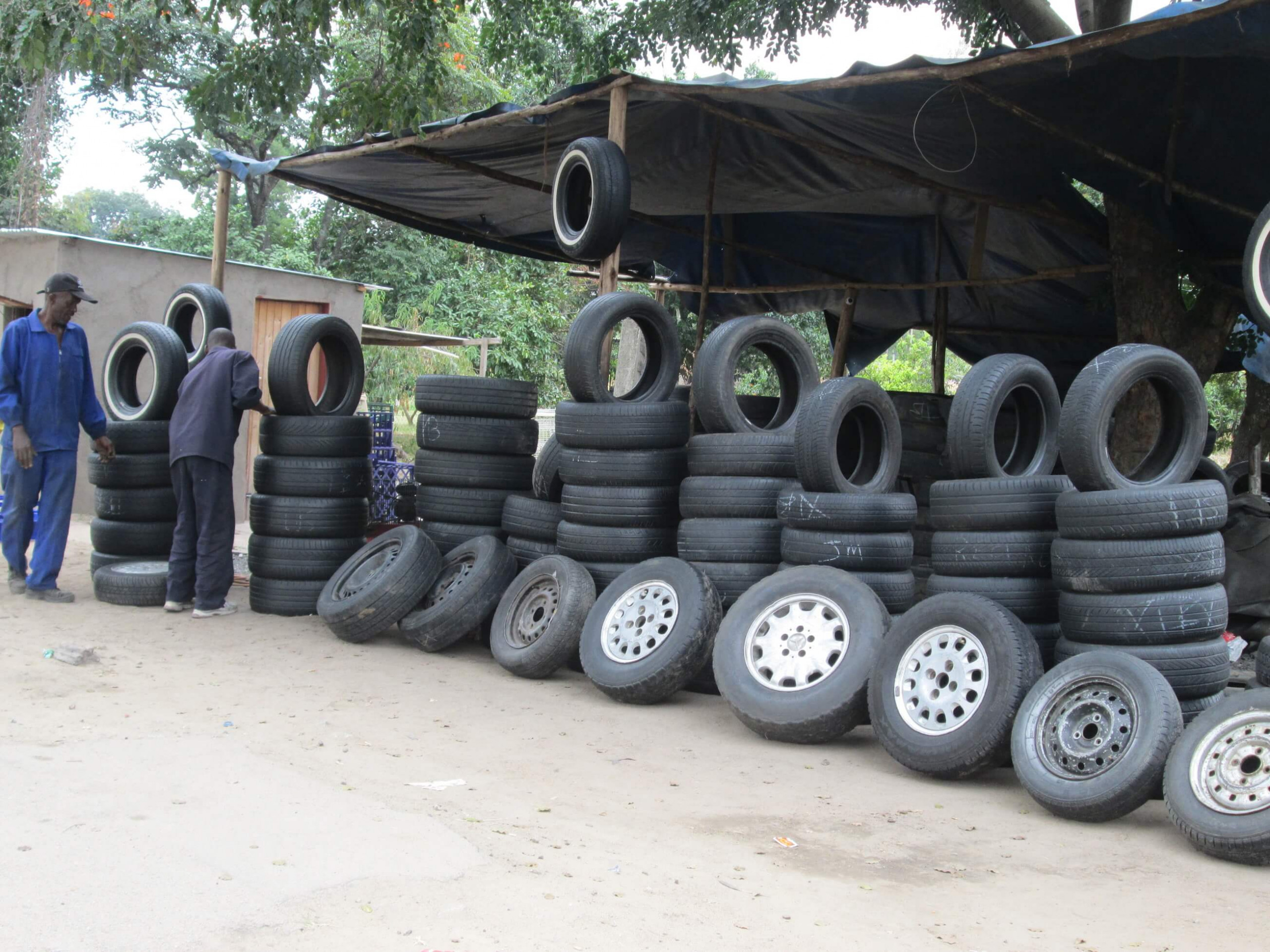- Microfinance is a type of financial service that provides small loans, savings accounts, and other financial services to individuals who lack access to traditional banking services. These individuals may include low-income earners, women, and rural populations.
Features of microfinance as a source of finance:
- Small loans: Microfinance typically provides small loans to borrowers who would not qualify for traditional bank loans. The loans are often less than $200 and are used for income-generating activities such as starting a small business.
- Group lending: Microfinance often uses group lending, where a group of borrowers takes out a loan together and is jointly responsible for repayment. This helps to spread the risk among the borrowers and encourages peer support.
- Flexible repayment terms: Microfinance institutions (MFIs) often offer flexible repayment terms, such as weekly or monthly payments, to accommodate the irregular income streams of borrowers.
- Non-collateralized loans: Microfinance loans are often non-collateralized, meaning that borrowers do not need to provide collateral such as property or assets to secure the loan.
- Education and training: Microfinance institutions often provide education and training to borrowers to help them develop business skills and manage their finances effectively.
Situations where microfinance may be most appropriate as a source of finance:
- Starting a small business: Microfinance loans can be used to start a small business, which can provide a sustainable source of income for low-income earners.
- Meeting basic needs: Microfinance loans can be used to meet basic needs such as food, shelter, and healthcare.
- Supporting women entrepreneurs: Microfinance is often used to support women entrepreneurs, who may face barriers to accessing traditional bank loans.
Benefits of microfinance as a source of finance:
- Financial inclusion: Microfinance helps to promote financial inclusion by providing access to financial services for individuals who lack access to traditional banking services.
- Poverty reduction: Microfinance can help to reduce poverty by providing income-generating opportunities for low-income earners.
- Empowerment: Microfinance can empower individuals by providing them with the resources and skills they need to improve their lives.
- Economic development: Microfinance can contribute to economic development by supporting small businesses and creating jobs.
Drawbacks of microfinance as a source of finance:
- High interest rates: Microfinance loans often come with high interest rates, which can be difficult for borrowers to repay.
- Limited impact: While microfinance can help individuals and small businesses, it may not be enough to address systemic issues of poverty and inequality.
- Limited scalability: Microfinance institutions may struggle to scale their operations due to limited resources and regulatory constraints.




